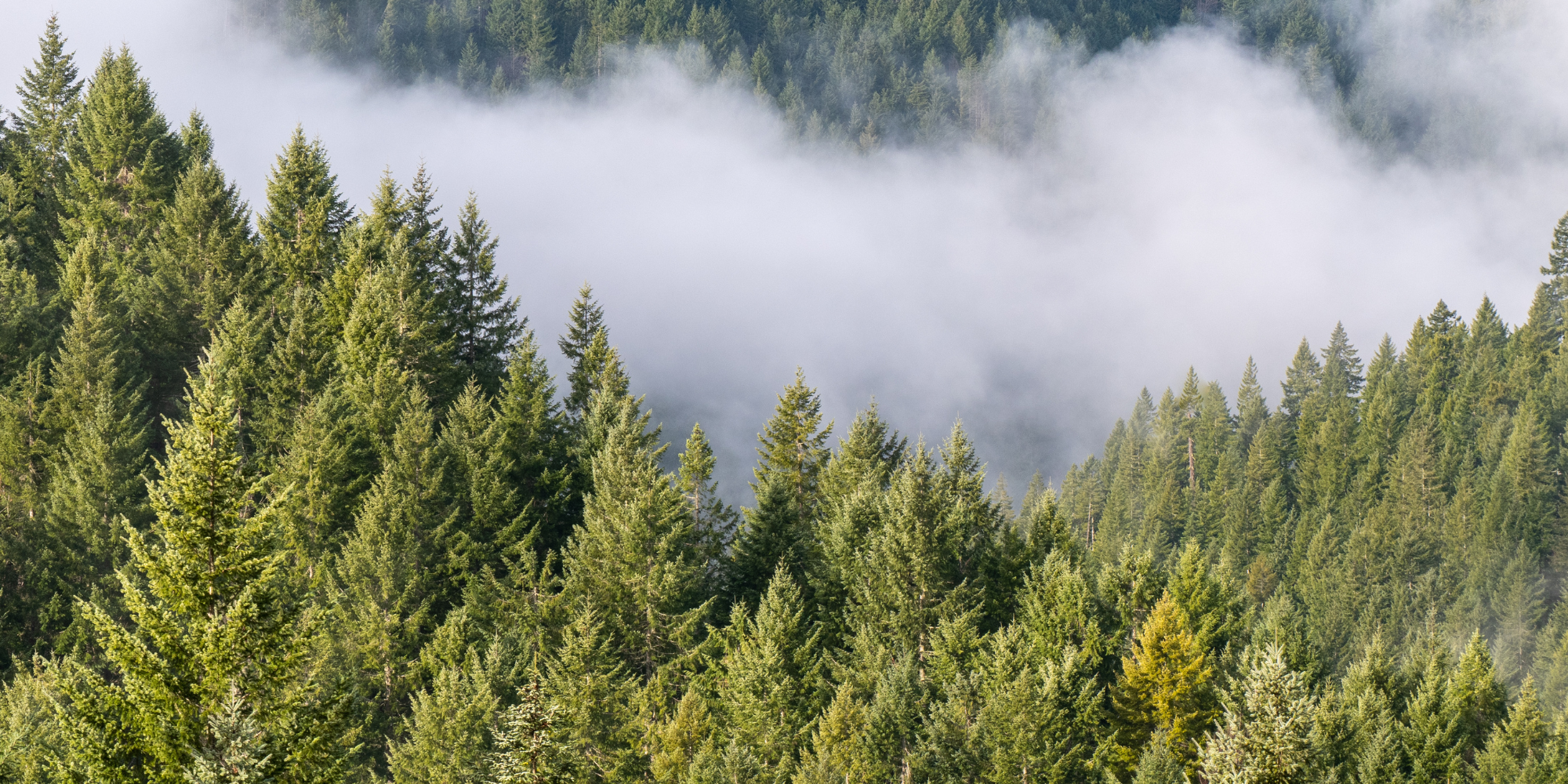Resources
Private Lands in Oregon
The Oregon Department of Forestry monitors and enforces Oregon’s Forest Practices Act on all forestland in Oregon that is not state, federal, or tribal trust land. Stewardship foresters are the Department’s eyes and ears in communities across Oregon. But, you don’t need to be a landowner or in the timber industry to contact the ODF Stewardship forester for your area. They can help you understand the state’s forestry rules and the private forestry activity database (FERNS).
Find your local Stewardship Forester.
The Oregon Board of Forestry is appointed by the Governor and confirmed by the Oregon State Senate. The Board guides the Department in making plans for wildfire suppression, state forest management, and private forest regulation, and supervises the State Forester. Basically, the Board of Forestry takes Oregon law and makes sure it meets the practical realities of the world. Check out our monthly newsletter for the latest Board hearings and how you can make your voice heard.
The Oregon State Legislature’s 60 House members and 30 Senators make our laws on private, county, city, and state forests. For example, the historic Private Forest Accord was made law by the Legislature passing Senate Bill 1501 in 2022. While the Department of Forestry puts law into practice, the Legislature *makes* the laws, with your help! Don’t like current laws? Sign up for our monthly newsletter and learn how to contact your legislator.
Help for Landowners
Did you buy forestland and don’t know what to do with it? Maybe you are ready to move to climate-smarter management for your forest? Perhaps your best friend just bought 50,000 acres of industrial timberland and wants to know what to do next?
Land trusts are one way to better manage your land and protect it for future generations. Either through outright purchase and management or through a conservation easement, land trusts across Oregon can connect with you about protecting wildlife habitat, maintaining a working forest, sequestering carbon, and more. Check out the Coalition of Oregon Land Trusts for your nearest land trust or one that works specifically with the type of land you manage: www.oregonlandtrusts.org.
Watershed councils are an amazing resource. They assess the condition of your local watershed and complete community-based projects to improve the health of riparian areas, streams and rivers, and the upland places that make water, like forests! All around Oregon, watershed councils are prepared to help you, and you can find a voice by lending your time to them, too, since these councils are community-based and voluntary. Check out the Network of Oregon Watershed Councils to find your local watershed (maybe you don’t yet know what a watershed is or which one you live in!?): www.oregonwatersheds.org.
The Natural Resources Conservation Service is a division of the US Department of Agriculture dedicated to soil health. The NRCS provides expert guidance and funds projects on private land to improve soil health and protect our nation’s waterways. Approaching a federal agency can be intimidating, but your local NRCS staff really want to help people and their success depends upon the guidance and funding that they share with local communities. Check out the NRCS to find your nearest office & learn about how they can help your forest thrive: www.nrcs.usda.gov.
Soil and Water Conservation Districts are charged with protecting soil and water. Private forests are some of the most important habitats for soil and water health, and local districts across Oregon are open to the public, using public dollars to assistant private landowners with voluntary projects, technical assistance, and opportunities to give back. Many SWCDs are taxing districts with elected board members (that means you can run for office and get elected to conserve soil and water: pretty cool). Check out the Oregon Association of Conservation Districts to find your local office: www.oacd.org.
The US Department of Agriculture’s Forest Legacy Program helps fund conservation easements, so that forestland can continue to serve as a working forest while allowing landowners the working capital to get their land restored or protected for future generations. If you know your land is special and want to protect it from conversion to pasture or housing developments or a chip fabrication plant, take a moment to learn more about the Forest Legacy Program. Oregon’s Department of Forestry can help you get started on this assessment and other incentives to restore and protect your forestland here: https://www.oregon.gov/odf/aboutodf/pages/grantsincentives.aspx.
You are not alone in your forest. Whether you want to learn how to manage your land better, need funding for a specific project, or want to protect your forestland for future generations, there are people across Oregon who can help you!


